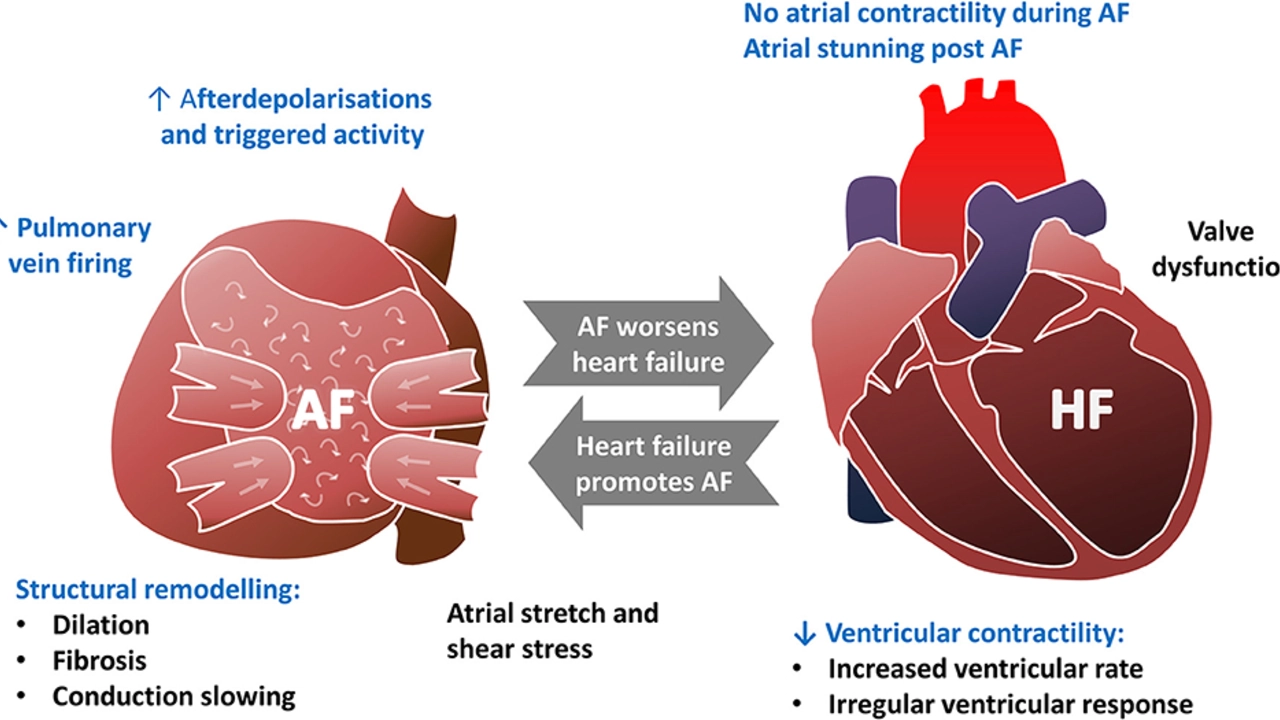Treating Ventricular Dysfunction: What Works and What to Watch For
Ventricular dysfunction means the heart’s main pumping chambers aren’t doing their job well. Many people don’t notice early signs until shortness of breath, swelling or fatigue show up. The good news: with the right tests, medicines and simple daily habits, most people can feel a lot better and avoid hospital visits.
How doctors check it
If your doctor suspects ventricular dysfunction they’ll usually start with an exam and a few tests. An echocardiogram (echo) measures how well the left and right ventricles pump. Blood tests like BNP help confirm heart strain. An ECG checks rhythm problems, and chest X‑ray or cardiac MRI may be used in some cases. These tests show whether the problem is reduced pumping (systolic dysfunction) or stiffness/relaxation issues (diastolic dysfunction), and that guides treatment.
Treatments that actually help
Treatment aims to reduce symptoms now and slow damage long term. Here are the main options you’ll hear about, in plain terms:
- ACE inhibitors (for example lisinopril, sold as Zestril) and ARBs (like losartan) lower pressure the heart pumps against and reduce remodeling. They’re a backbone of care.
- Beta‑blockers slow the heartbeat and protect the heart muscle. Not every beta‑blocker is used for heart failure, so doctors pick the ones with proven benefits.
- Diuretics (water pills) quickly relieve fluid buildup and make breathing easier. They don’t change long‑term outcomes but they help you feel better fast.
- Mineralocorticoid receptor antagonists (spironolactone, eplerenone) help in more advanced cases and lower the risk of hospital readmission.
- Newer heart‑failure drugs such as SGLT2 inhibitors (dapagliflozin, empagliflozin) reduce hospitalizations and often get added even if you don’t have diabetes.
- Devices: an ICD (to prevent dangerous rhythms) or CRT (to re-sync the ventricles) are options if medicines aren’t enough. Advanced disease may need valve repair, LVAD or transplant evaluation.
Some meds mentioned on our site—like guides on Zestril (lisinopril), losartan and atenolol—explain the practical details, side effects and safe use. Felodipine is a blood‑pressure drug some people use, but choices depend on the type of ventricular problem and your doctor’s plan.
Daily habits matter. Track weight daily (a rapid gain can mean fluid retention), limit salt, avoid heavy alcohol, stay active with a doctor‑approved plan, get vaccines, and quit smoking. Take medicines exactly as prescribed and bring a current med list to every appointment.
When to call for help: sudden weight gain of 2–3 kg in 48 hours, new or worse shortness of breath, fainting, chest pain, or severe swelling are signs to seek urgent care. Regular follow‑ups let your team tweak meds and catch problems early.
Treating ventricular dysfunction is a team effort—your cardiologist, primary doctor, pharmacist and you. With the right tests, the right meds and simple daily checks, most people can live a fuller life and keep future hospital trips to a minimum.

